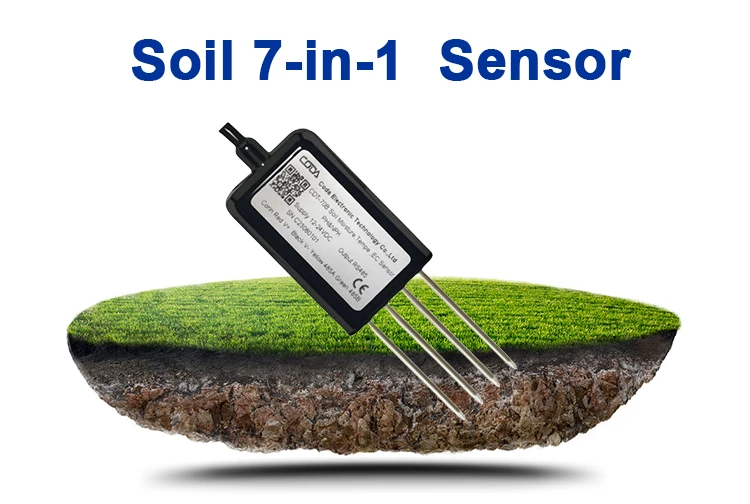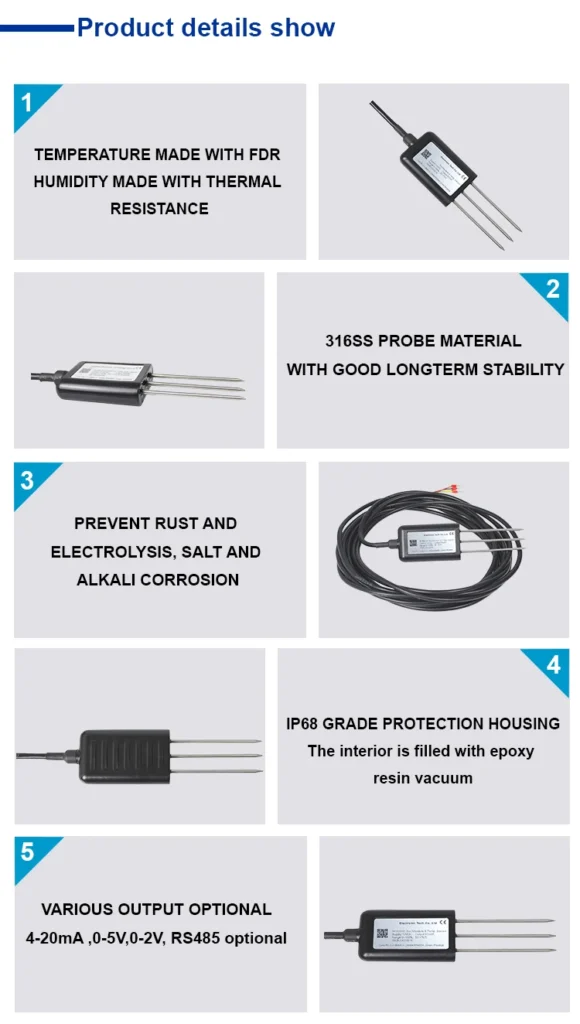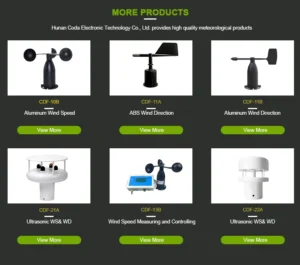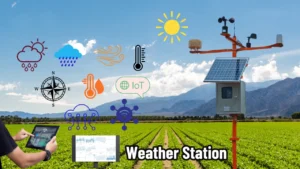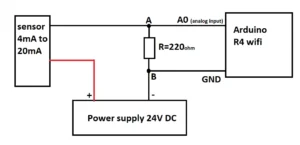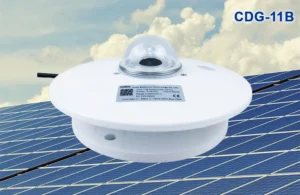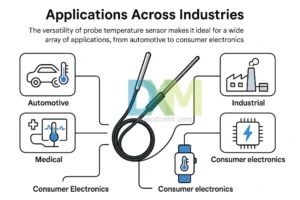how to measure water content in soil
How do you measure soil moisture? Soil is a key natural resource for human survival. It is the base for plant growth and development. The health of the soil affects the sustainability of human societies.
Soil water is the main source for plants to take in water, besides hydroponic plants. It helps dissolve and absorb fertilizers. It also aids in breaking down and changing organic matter. How do we measure soil moisture?
Researchers measure how much water is in the soil. This shows the water weight compared to the soil weight. Knowing the soil moisture content is important for figuring out how much water crops need. This is very important for farming success.
Current ways to measure soil moisture include the drying and weighing method, the tensiometer method, and the resistance method. Other methods are the neutron method, gamma ray method, and standing wave ratio method. There are also the optical method, time domain reflectometry (TDR), and frequency domain reflectometry (FDR). The drying and resistance methods are popular because they are simple to use.
TDR Method:
Time Domain Reflectometry (TDR) started in the 1980s as a way to measure soil moisture. It became popular around the world and recently came to China, attracting interest in many areas.
TDR soil moisture sensors is useful for quickly checking soil moisture. It uses time-domain transmission technology. This method sends a waveform along a mismatched transmission line.
This creates a mix of the original and transmitted waveforms. TDR takes about 10 to 20 seconds to respond. This makes it useful for both mobile and fixed-point monitoring.
The TDR method works well regardless of environmental factors like soil type, density, and temperature. One main advantage is that it can measuring soil water potential in freezing conditions. This makes it different from other methods. Additionally, TDR can accurately measure both soil moisture and salt content at the same time.
FDR Method:
The high-frequency oscillation method, known as FDR (Frequency Domain Reflectometry), came after TDR. TDR equipment was very costly at first. So, companies like AquaSPY and Sentek sought simpler choices. These choices could measure the dielectric constant of soils.
The FDR method is cheaper than TDR and measures faster. After calibrating the soil, FDR provides accurate readings. It can easily check multiple depths at once.
The FDR method uses electromagnetic pulses to measure the soil’s dielectric constant. It does this by looking at how electromagnetic waves move through the soil. This helps determine the soil’s water content.
Drying Method:
The drying method is a common way to check soil moisture. First, take a soil sample from the field. Next, dry it in an oven at 105°C. Keep drying until the weight does not change. The weight difference before and after drying shows the moisture content.
The formula to calculate soil water content is: Soil water content = (W/M) × 100%. In this formula, M is the initial weight of the soil. W is the weight of the moisture. To find W, subtract the dry soil weight (M’) from M.
Resistance method:
The electrical resistance method uses the resistance of materials like gypsum, nylon, and glass fiber. Their resistance changes with water content.
When you put these materials and electrodes into wet soil, they reach moisture balance with the area around them. We have already set up a link between resistance and water content percentage. With these parts, we can get moisture readings from 1 to 15 atmospheres of suction.
The drying method gives accurate measurements, but it is not fast. For quicker results, use a soil temperature and humidity sensor. These sensors use methods like Time Domain Reflectometry (TDR) or High Frequency Oscillation (FDR). They provide accurate, real-time readings of soil moisture.
Monitoring soil moisture is important not just for farming but also for many engineering fields. Industries such as railways, highways, hydropower stations, and construction depend on soil moisture data.
Do you measure soil moisture? If you need accurate data and have time, use the traditional drying method. For quick soil moisture readings, TDR/FDR sensors are the best choice.
